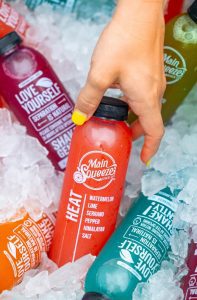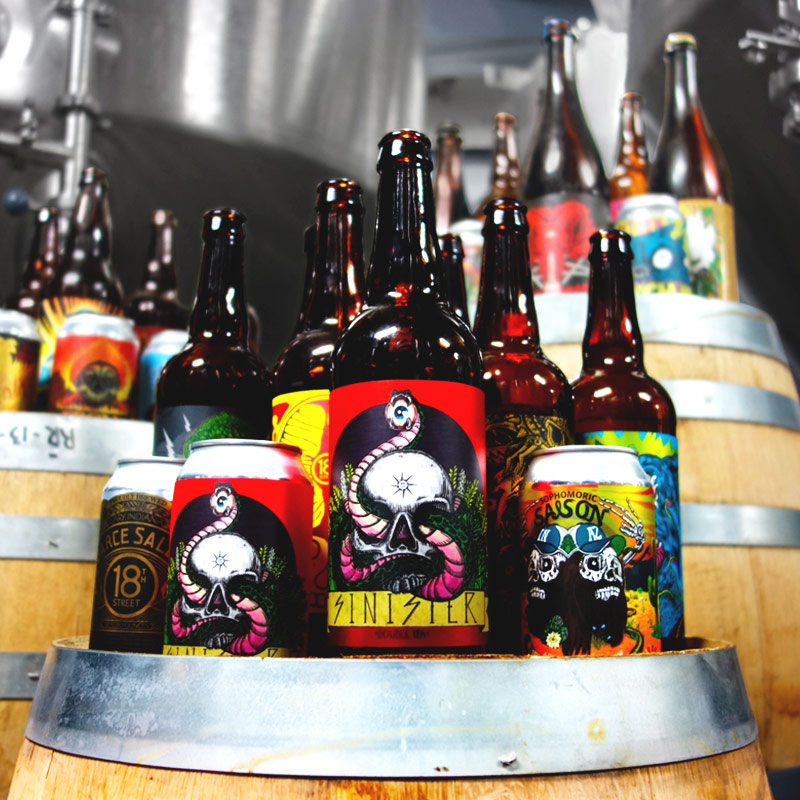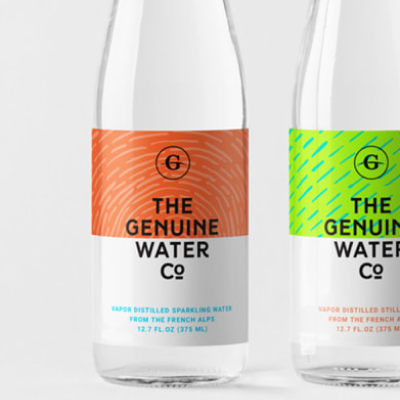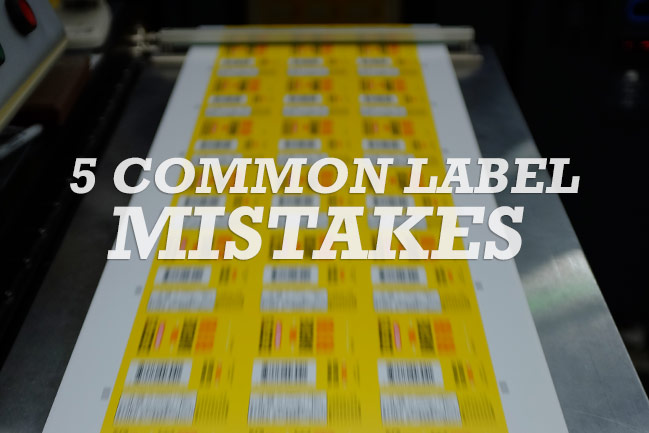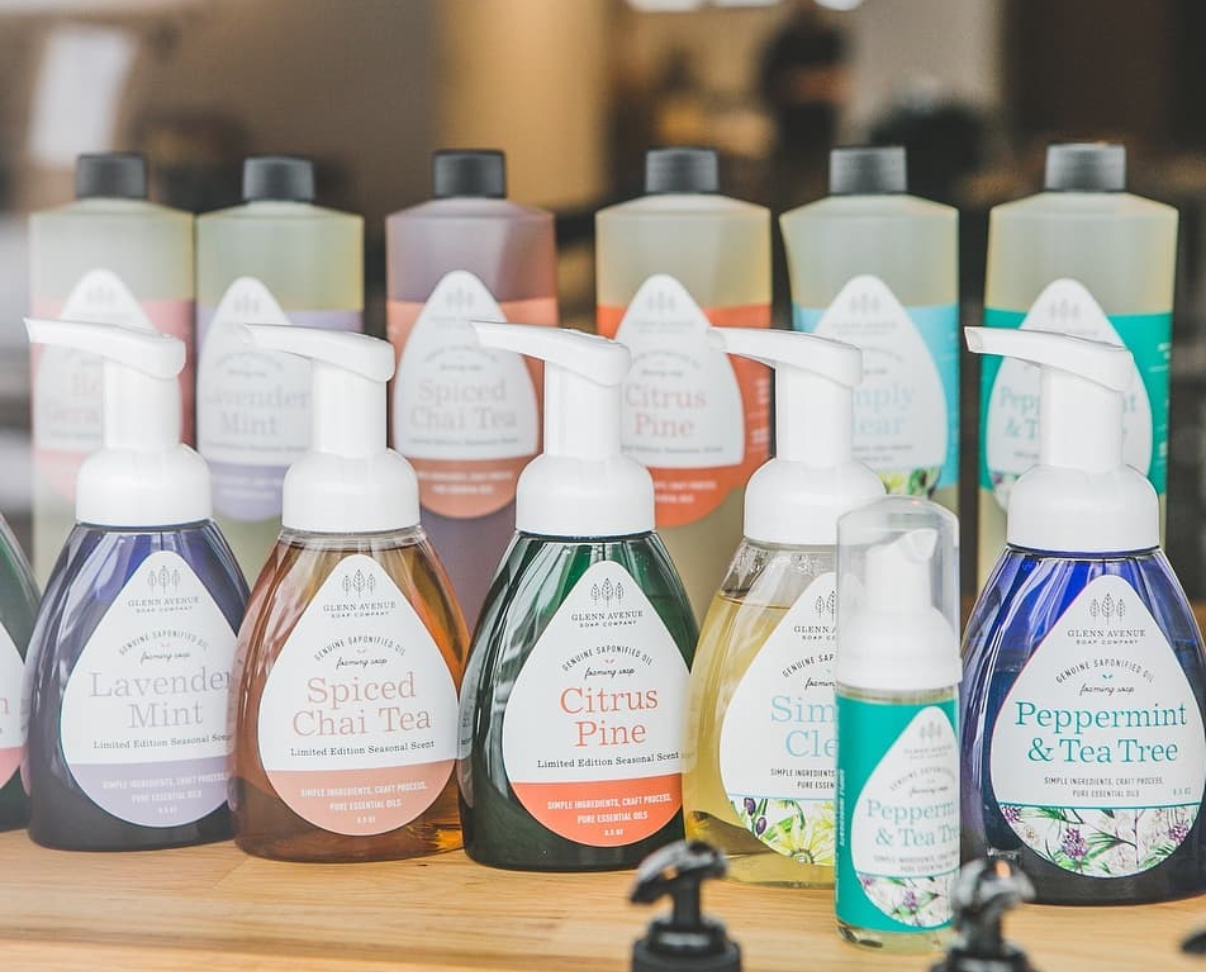What Label Materials are Best for Juice Bottles?
- Juice
- Juice Bottle Labels
- materials
If you’re bottling juice, your labels need to handle cold temperatures, moisture, and constant handling without failing. The right label material makes a big difference in how your juice performs on shelves and with customers.
Here’s why we recommend BOPP and shrink sleeves as the top label materials for juice bottles and why other options may fall short.
BOPP Labels: Durable, Clear, and Cost-Effective
We often recommend BOPP (biaxially oriented polypropylene) labels because they hit the sweet spot between performance and cost. Here’s why:
- Moisture and cold resistance: BOPP withstands repeated refrigeration and condensation without peeling or bubbling.
- Vibrant, high-quality printing: With BOPP, your colors and designs remain sharp and vivid, even in damp conditions.
- Versatile adhesives: Permanent or freezer-grade adhesives help labels stick reliably from bottling line to fridge.
- Durability: Strong enough to resist tearing during transit and on the shelf.
- Eco-friendly considerations: BOPP can be recyclable (#5 plastic). However, recycling availability varies by region, so verify your local recycling options to ensure alignment with your sustainability goals.
Potential Downside:
- Sensitive to extreme heat (above ~80°C), which can happen during high-temperature bottling or pasteurization, potentially deforming labels.
Finishing Techniques for BOPP:
- Compatible with die-cutting, spot UV varnish, and hot foil stamping
Shrink Sleeves: Maximum Coverage, Maximum Impact
Shrink sleeves fully encase your bottle in a vibrant, tamper-evident wrap, making them perfect for uniquely shaped bottles or premium branding.
- Complete 360° coverage: Full-wrap designs stand out on shelves, enhancing brand visibility.
- Excellent durability: Resistant to scuffing, abrasion, and moisture, ideal for refrigerated environments.
- Tamper-evident security: Protects product integrity and improves consumer trust.
Potential Downsides:
- Higher production costs due to shrink tunnels (specialized heat equipment that shrinks labels securely onto bottles) and additional setup.
- Less flexibility for frequent design changes.
- Environmental complexity: PETG sleeves are recyclable; PVC sleeves usually aren’t recyclable due to chlorine content and recycling difficulties.
Finishing Techniques for Shrink Sleeves:
- Supports UV spot varnish, tactile (sand) varnish, cold foil, and screen printing effectively
Other Materials
- Paper Labels: Can be cost-effective but vulnerable to moisture and refrigeration, often failing quickly in typical juice environments. Lamination and other finishing techniques are recommended if used.
- Vinyl and PET: Durable but can be more rigid. These might work in niche situations where that rigidity is crucial, but usually, they’re not ideal for typical juice bottles.
- Polyolefin: Flexible, but its elasticity makes precise finishes like embossing or foil stamping problematic.
Quick Comparison Table
| Material | Moisture Resistance | Print Quality | Cost | Sustainability |
| BOPP | Excellent | Excellent | Low | Good |
| Shrink Sleeves (PETG) | Excellent | Excellent | High | Good (PETG recyclable) |
| Paper | Poor | Good | Moderate | Good (compostable options) |
| Vinyl/PET | Good | Good | High | Poor (Vinyl) |
Quick Guide: Best Materials by Use Case
- Best overall for refrigerated bottles: BOPP – Durable, cost-effective, high print quality.
- Best for uniquely shaped bottles or premium branding: Shrink Sleeves – Full coverage, vibrant designs, tamper-evident.
- Most economical (but limited performance): Paper Labels – Low cost, but quickly degrade in moisture.
Final Thoughts
Choosing the right label material directly impacts your juice brand’s shelf presence and product integrity. Need help deciding or want to test materials yourself? Contact us or grab a sample pack, and we’ll help you find the perfect fit for your juice bottles.
